Ivan Durrant Ivan Durrant (born 1947) gained notoriety in the mid-1970s when he dumped the carcass of a slaughtered cow in the forecourt of the National Gallery of Victoria in 1975. A few months later, he exhibited a severed ‘human’ hand at the Hogarth Gallery in Sydney and in 1976 filmed his notorious ‘pigeon dinner’, titled ‘Chopping block’, where the guests were invited to each kill a pigeon that was subsequently cooked for them to eat. Not all of the guests managed to survive the ordeal until the end with some dislodging the contents of their stomachs. At a time when performance art and happenings were part of the popular art parlance, his actions were construed as publicity stunts, clever use of an ignorant and gullible press as a participant in the art game, or as taking a moral and ethical stance at an implied hypocrisy in Australian society. People were happy to consume meat, but they were outraged when told that their food was the product of killing or, in Durrant’s words, involved ‘life taking’ of animals. If animals are regarded as sentient beings, do we have the right to kill and eat them? If we do, this should be acknowledged. 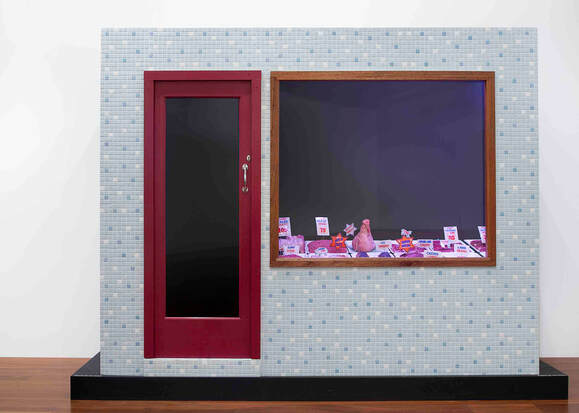 Ivan Durrant, Butcher shop, 1977-78, synthetic polymer and enamel paint on composition board and wood, ceramic tiles, transparent synthetic polymer resin, mirror, steel, fluorescent light, plastic, polyvinyl chloride, metal, string (241.0 x 303.0 x 128.7 cm) (overall) National Gallery of Victoria, Melbourne, Gift of Mr and Mrs Burdett A. Laycock, 1978 (A15.a-l-1978), © Ivan Durrant Robert Lindsay staged a major survey exhibition of his work at the NGV in 1979 that left a big impact on me and subsequently I have only caught snippets of his art, generally in regional venues. This big retrospective exhibition at the NGV is timely and a revelation. It stretches chronologically from his earliest folk naïf pieces from the late 1960s, through his hyperrealist paintings and sculptures, it includes the amazing farm shed interiors from the 1990s, through to his most recent sculptures with their exaggerated realism. For all of his public pronouncements, Durrant is an artist who hides behind the façade of his creations. If his art is autobiographic, and I feel that it is, as a good ventriloquist Durrant lets his cows and horses do the speaking for him. He is quoted as saying, “Of all the animals in the world, cows are my first love, especially dairy cows. In my experience they’re quiet, softly mannered and respond lovingly to the human voice. It’s so difficult for me not to feel a sense of betrayal walking through a cattle market, seeing Friesian and Jersey cows huddled together in concrete yards, being sold for slaughter. As some sort of apology I’m giving them a pat with paint.” Durrant is not a sentimental city bloke, one who visits the countryside on occasional weekends, but he has lived much of his life on rural properties in Gippsland and Benalla and his cows, horses, pigs and sheep all have individual personalities. This also applies to the horse racing circuit and the footy field. The show has the whiff of the countryside with the mysterious sheds and the stench of the abattoirs. I was surprised how emotionally affected I felt walking through the exhibition. I think that it was Bill Robinson who appropriated to Australian art Bonnard’s famous dictum of painting with a ‘backyard mentality’. For me, it seems that Durrant paints, sculpts and photographs that which he knows intimately well from his own backyard – something he loves, something with which he has great empathy, something that he has observed closely and something that he understands from the inside. From this exhibition, Durrant emerges as an artist who frequently takes an ethical stance in his work and sets out to engage with society emotionally as well as intellectually. These are not pretty formalist exercises, but hard-hitting, conscience stirring works that at times have a haunting intensity. The concern with animals extends into a concern with people and with all living creatures and becomes an expression of an opposition to war and to all forms of coercion. In this, he has an almost Buddhist worldview where all forms of life are worthy of respect and he, at times, approaches life with a naïve innocence. Durrant is a process artist – his techniques are frequently painstaking as he sets out to intensify his attempts at heightened realism. The six months that he spent in New York in 1976 had brought him into the circle of the Photorealist artists, including Janet Fish, Richard Estes, Jud Nelson and Chuck Close, and gave him ‘permission’ to follow in their path. Frequently, he adopted prevailing international trends and then adapted them to his own needs and endowed them with a peculiar antipodean accent. By the late 1970s, it was impossible to confuse a Durrant painting or sculpture with the work of any other international trendsetter. There is persistence in his art, a consistency of vision that lasts a long time after the adopted language had lost its biennale popularity. In the context of the exhibition, some of the repeated shock strategies with the severed limbs or the blurry brightly polychrome images of sportsmen start to lose their ability to shock through overuse. Durrant’s Barrier Draw is an exhibition that is best viewed on an empty stomach. It is large enough to be powerful and disturbing, yet not so big as to become too repetitive and predictable. It is a show that once seen, will not be quickly forgotten. Ivan Durrant: Barrier Draw, National Gallery of Victoria, Australia, Federation Square 23 November 2020 – 25 April 2021
0 Comments
|
GRISHIN'S ART BLOG
Sasha Grishin AM, FAHA is the author of more than 25 books on art, including Australian Art: A History, and has served as the art critic for The Canberra Times for forty years. He is an Emeritus Professor at the Australian National University, Canberra; Guest Curator at the National Gallery of Victoria, Melbourne; and Honorary Principal Fellow, Faculty of Arts, at the University of Melbourne. Archives
June 2024
Categories
Keep up-to-date with Sasha Grishin's blog with the RSS feed.
RSS offers ease of access and ensures your privacy, as you do not need to subscribe with an email address. Click here to download a free feed reader |
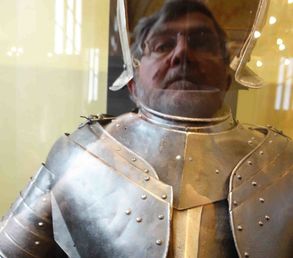
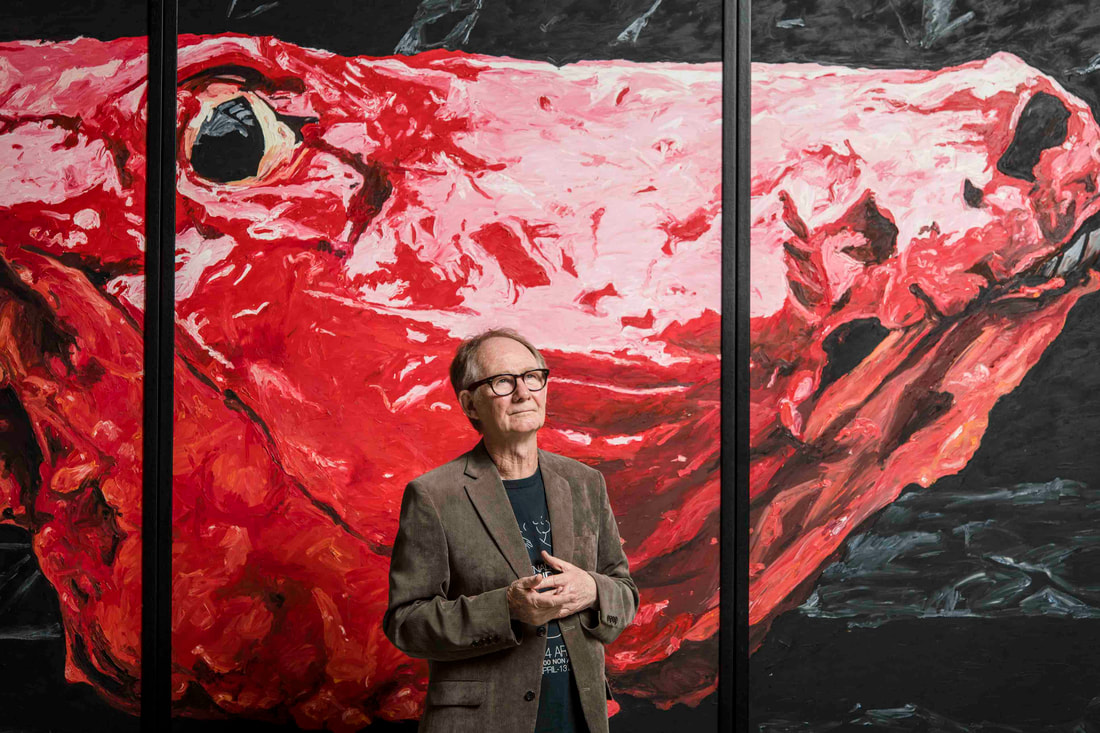
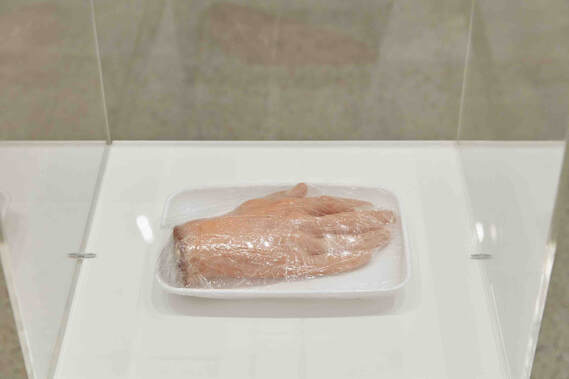
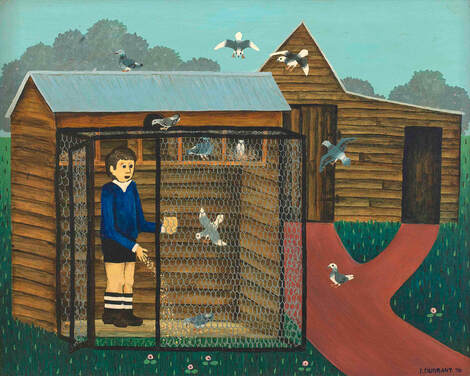
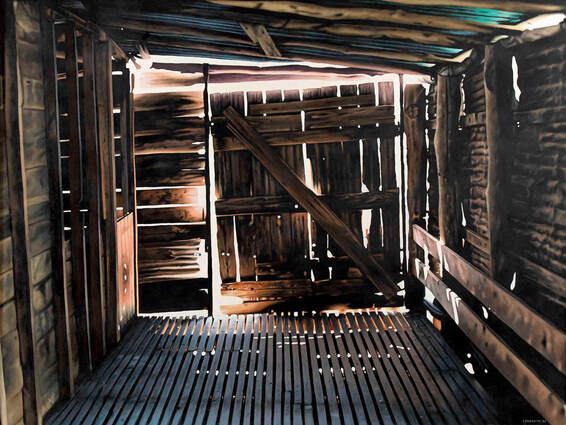
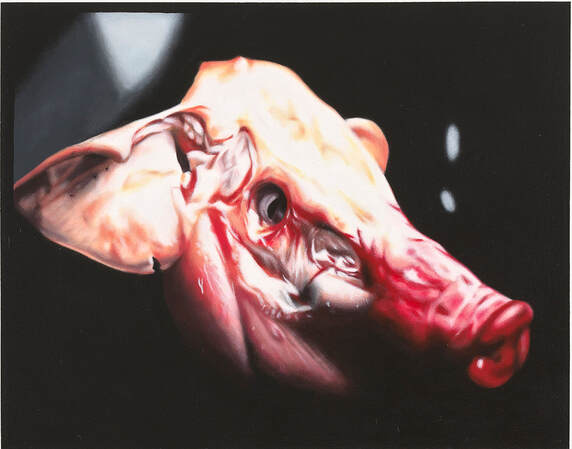
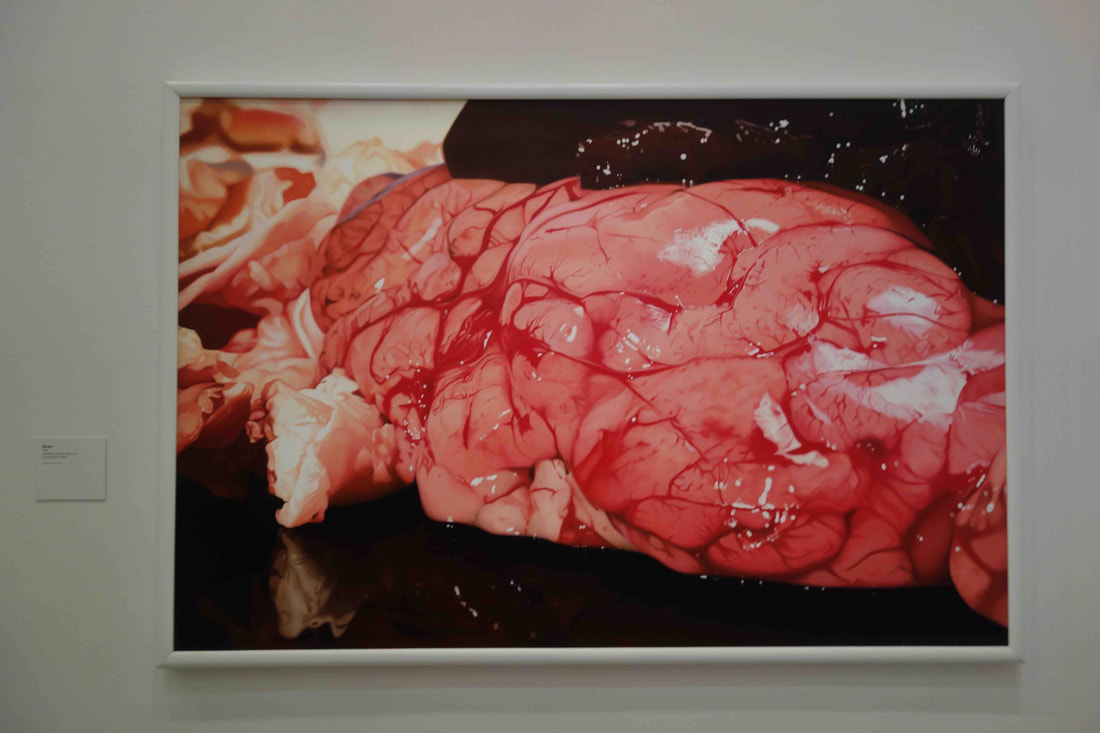
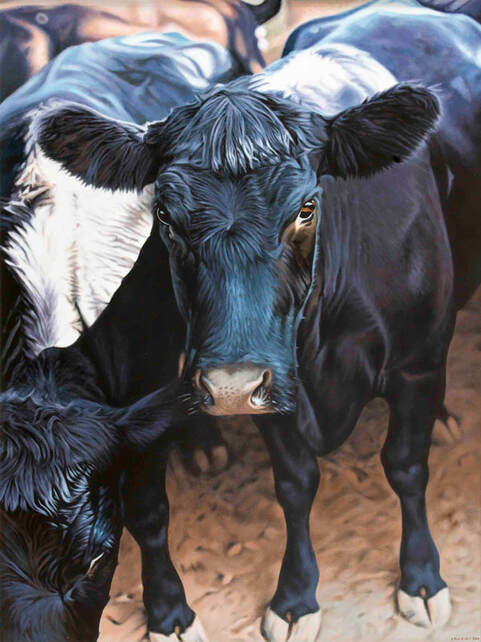
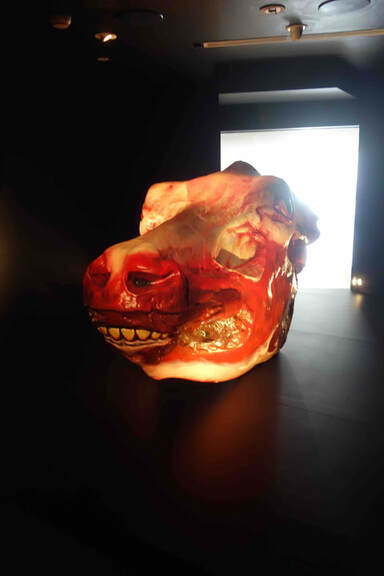

 RSS Feed
RSS Feed